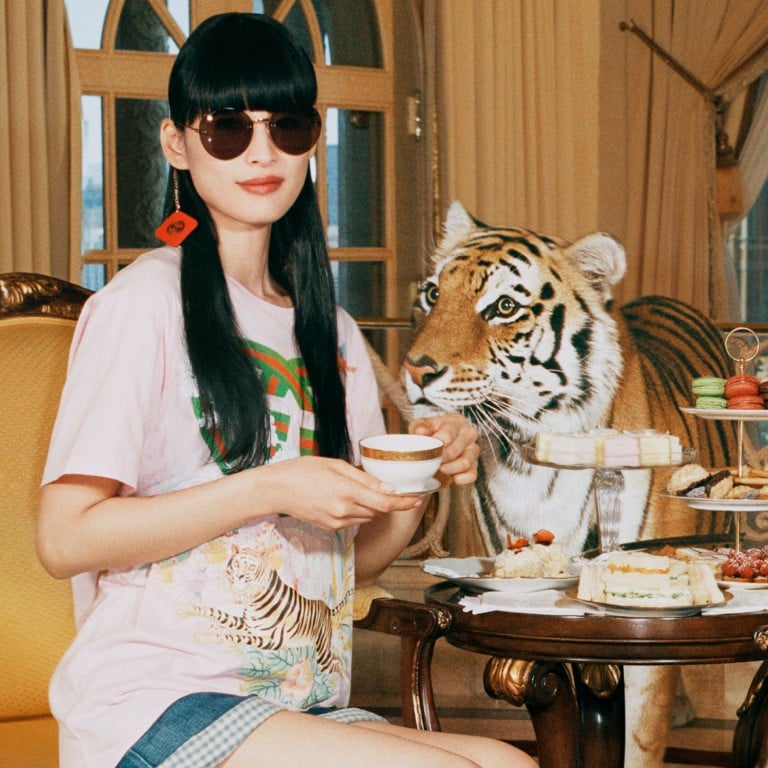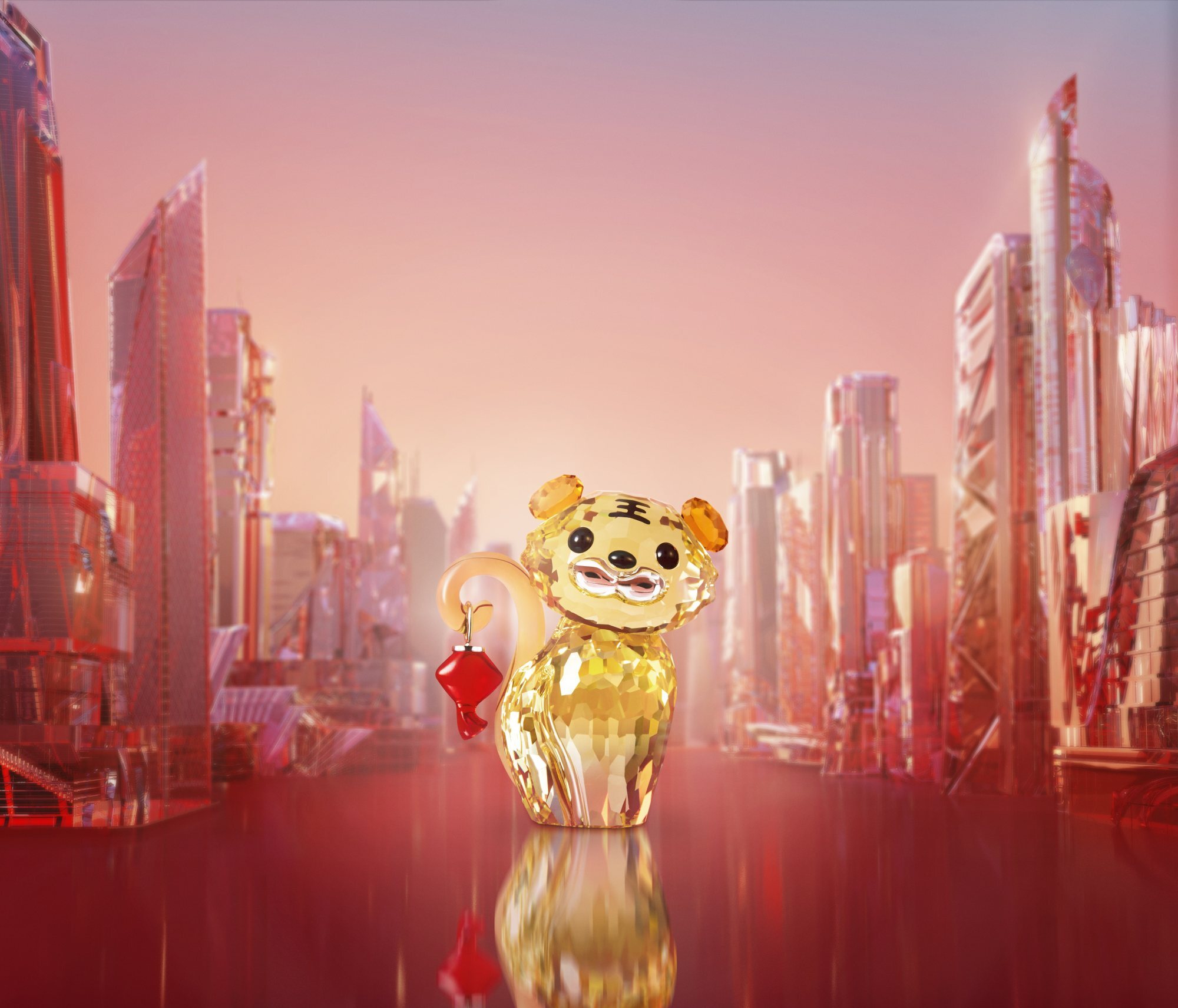Opinion / Why Gucci’s controversial Year of the Tiger campaign hit the mark and may attract Gen Z – unlike the same-same efforts of other luxury brands

This article is part of STYLE’s Luxury Column
To amplify the challenge many brands face, Gen Zers – young and digitally native – access brands differently. They have completely different preferences and expectations; they love and use totally new products and categories as their “luxury”. If luxury brands are not at the forefront of innovation, they will miss out.
How Single’s Inferno star Song Ji-a’s career crumbled in days


Just because brands know that there is a desire for event-based items like the tiger as the current symbol of the Chinese zodiac, does not mean they should do it without applying any intention or inspiration that gives clients a reason for a collection that is rooted in the brand. If there is no intention, then there is no value.
5 best luxury Lunar New Year themed watches to start the Year of the Tiger

Their campaign, in the tradition of #ofcourseahorse, to me is one of the most beautiful and most on-brand storytelling campaigns ever made – it shows an absurd situation in which people and tigers interact. It has the usual wit of Gucci, celebrates diversity, inclusion and inner beauty, and tells the story of the brand.
Inside Indian billionaire Rakesh Jhunjhunwala’s new Mumbai mega mansion

This is best-in-class brand storytelling and the clever use of the Year of the Tiger to create desire and inspiration. Gucci avoided the trap of opportunity taking. Instead, they created content with intent, made to make people dream.

- Luxury fashion brands now offer wearables and streetwear, and are into NFTs, crypto and the blockchain, but are they lacking imagination and inspiration?
- Gucci’s advertising for its 2022 collection featured live tigers in honour of Lunar New Year, which attracted flak from NGOs concerned about the message that sent